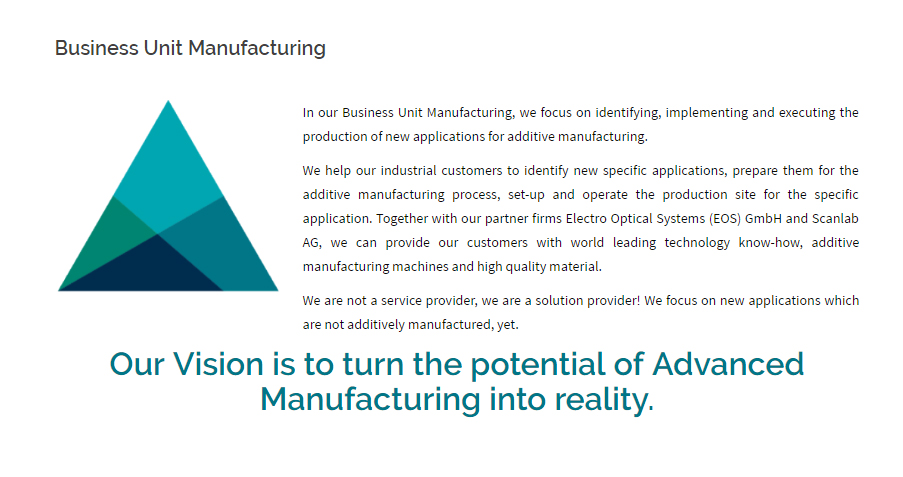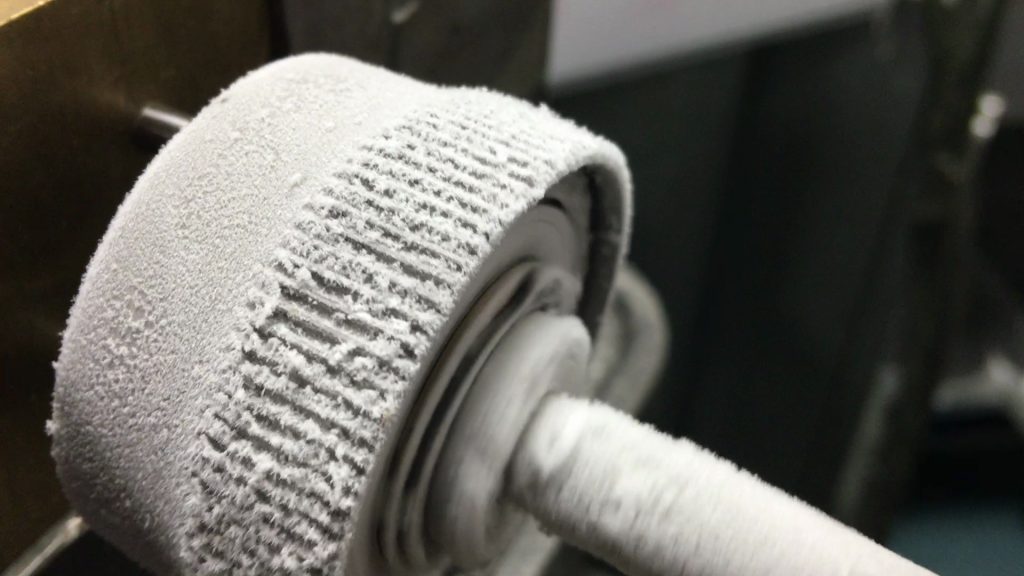AM Ventures Holding GmbH (AMV) and Exmet AB have announced an investment agreement that will accelerate development of Exmet’s technology for the additive manufacturing of amorphous metals. The value of the agreement is not undisclosed.
As we reported last year, in partnership with Exmet, the Swedish startup, Heraeus developed the 3D printing of amorphous components.
AMV was founded by Dr. Hans J. Langer, CEO of the EOS Group, in 2015. AMV has the aim of making industrial 3D Printing a key manufacturing technology of the future, AMV funds and develops innovative start-ups which focus on industrial-3D-Printing-related hardware, software, materials or applications.

3D printing with amorphous metals
3D printing with amorphous metals may enable the creation of functional materials with extraordinary properties. Unlike traditional alloys, for example steel, amorphous metals do not have a crystalline microstructure. Exmet AB believes that with their additive manufacturing technology they can harness the properties of amorphous metals. Exmet says this permits,
Products of almost any alloy – for example iron, titanium, aluminum, magnesium or cobalt based – and shape, virtually unaffected by corrosion, with low magnetization loss and the extreme strength of the materials allows for weight reductions of a magnitude that engineers up to now only have dreamt about.
To achieve this Exmet are using the investment to establish a manufacturing facility and open new offices in Stockholm. Exmet has selected an EOS M 290 system as the additive manufacturing system that will play a central role in decreasing, “the time to market for new functional products.”

Exploiting the properties of glassy alloys
According to the company, research into amorphous metal alloys has slowed “since the 1960’s since no suitable and general manufacturing method was available.” An Exmet AB spokesperson continued to say,
With Exmet AB’s additive manufacturing based technology the excellent properties of these glassy alloys can be fully exploited by engineers and designers, as it removes the limits set by casting, melt spinning and thermoplastic forming in manufacturing of amorphous metals.
Speaking about the investment Mattias Unosson, the CEO of Exmet said, “We are very pleased that AM Ventures, with its access to the EOS ecosystem and AM markets, has joined the amorphous adventure. You simply can’t find an investor that is more tech and business savvy in metal AM.”
Johann Oberhofer, Executive Vice President Technology, AM Ventures, said, “We are looking forward to support Exmet on their way to amorphous metal parts with completely new and unique properties. Our aim is not only to support through funding and technology, but also through our market access and management competencies which will be of significant help for Exmet.”
Amorphous metals are an intriguing material for 3D printing. Recently we took a look at how NASA’s Jet Propulsion Laboratory is reinventing the gear – using an advanced amorphous metal that works well in the -328 degrees Fahrenheit (-200°C) temperatures of space.

To stay up to date on the latest developments in 3D printing materials and investments in the additive manufacturing industry, sign up to the 3D Printing Industry newsletter, and follow our active social media sites.
Don’t forget to vote in the first annual 3D Printing Industry Awards.



